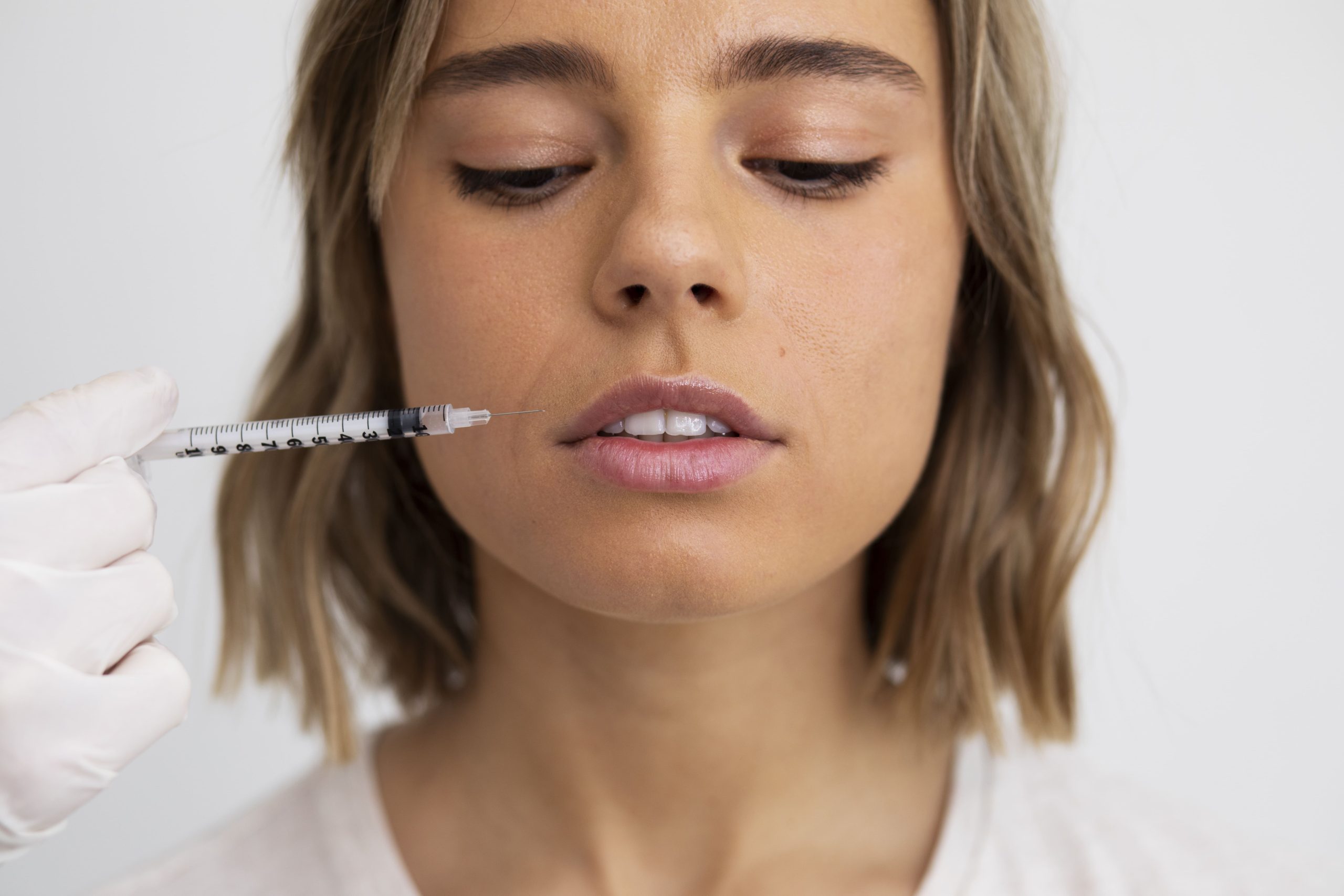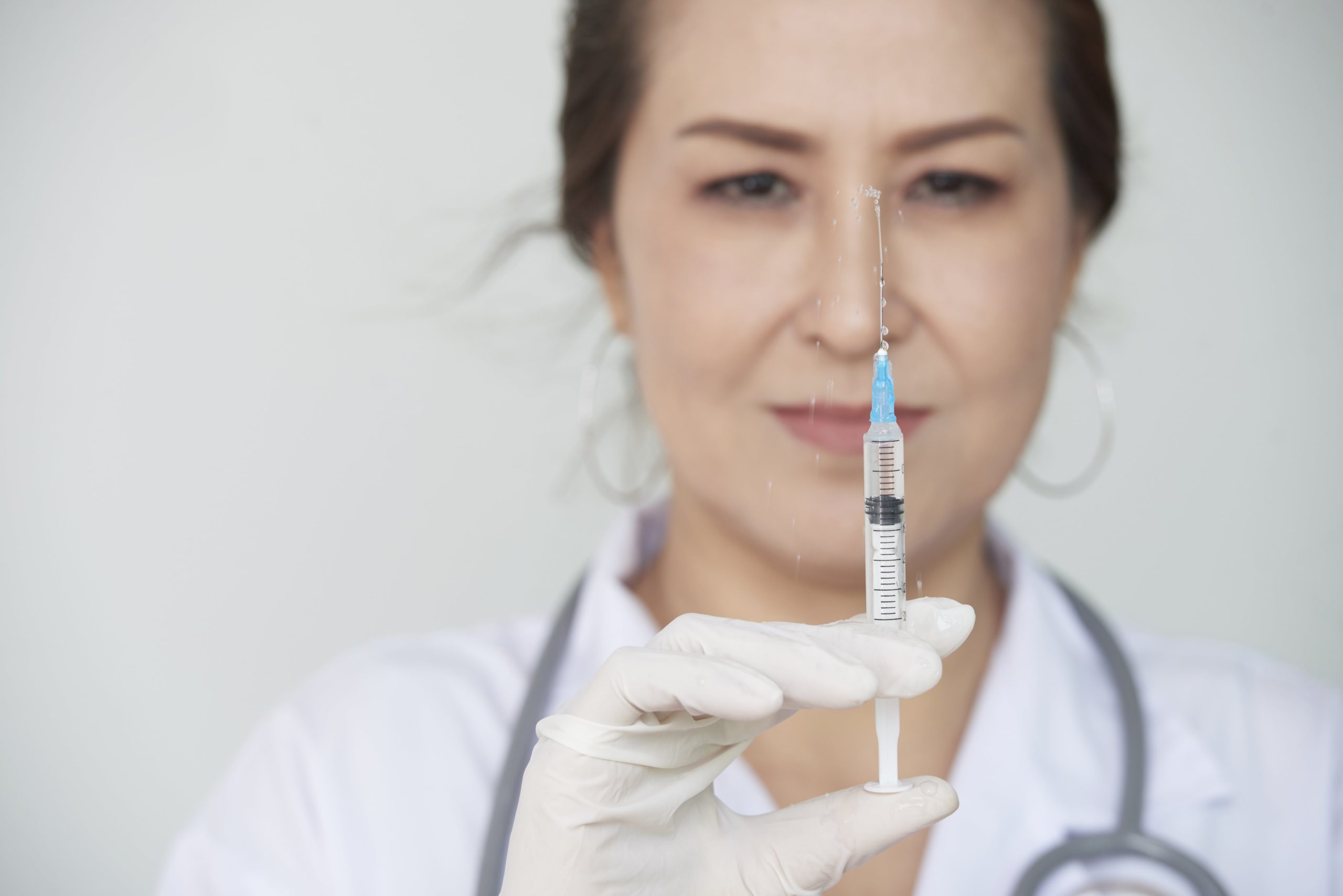How Long Do Polynucleotides Take to Work? Timeline & Expected Results

Polynucleotide treatments have gained widespread recognition in aesthetic medicine for their ability to stimulate collagen production, enhance skin hydration, and promote long-term skin regeneration. Unlike traditional dermal fillers that provide immediate volume, polynucleotides work gradually, triggering cellular repair and bio-stimulation over time.
For medical aestheticians and patients considering polynucleotide injections, understanding the treatment timeline, expected results, and longevity is essential. This guide explores how long polynucleotides take to work, the visible changes patients can expect, and the factors influencing treatment outcomes.
How Long Does It Take to See Results from Polynucleotide Treatment?
Unlike hyaluronic acid fillers that provide instant volume, polynucleotides require several weeks to produce noticeable changes. As for how long do polynucleotides last – the timeline varies based on factors such as individual skin condition, age, and treatment area.
Polynucleotide Results Timeline:
Immediately after treatment: Patients may experience mild swelling, redness, or slight tenderness at the injection site, which typically subsides within 24-48 hours.
- 1-2 weeks: Subtle hydration improvements become noticeable as polynucleotides begin to bind moisture in the skin.
- 3-4 weeks: The first visible signs of collagen stimulation appear, leading to smoother, plumper, and more elastic skin.
- 6-8 weeks: Full regenerative effects develop, with improved firmness, brightness, and a more youthful appearance.
- 3-6 months: Polynucleotide treatments continue to enhance skin texture and quality, offering long-lasting rejuvenation.
For optimal results, multiple sessions are often recommended.

How Many Polynucleotide Treatments Do I Need?
The number of sessions required depends on the treatment area, patient age, and aesthetic goals.
- Standard protocol: A series of 2-3 treatments, spaced 3-4 weeks apart.
- For advanced aging or deep wrinkles: 3-4 sessions may be required for maximum collagen stimulation.
- For maintenance: A follow-up treatment every 6-12 months helps sustain results.
Will Polynucleotides Get Rid of Wrinkles?
Yes, polynucleotides reduce the appearance of fine lines and wrinkles by improving skin elasticity, hydration, and structure. Unlike dermal fillers that add volume, polynucleotides work at a cellular level, gradually enhancing skin quality and firmness.
Patients seeking deep wrinkle correction may benefit from combining polynucleotide treatments with hyaluronic acid fillers for enhanced results.
Best Polynucleotide Products for Different Concerns
Professionals can purchase polynucleotides online as well as polynucleotide-based injectables are available in various formulations tailored for specific skin concerns:
1. Hydration & Skin Elasticity
- Nucleofill Soft Plus – Ideal for deep hydration and overall skin radiance.
2. Advanced Anti-Aging & Firmness
- Nucleofill Medium Plus – Best suited for fine lines, early skin laxity, and collagen stimulation.
- Nucleofill Strong – Recommended for mature skin with deep wrinkles and advanced loss of firmness.
3. Targeted Regeneration & Rejuvenation
- Croma PhilArt – General bio-stimulation for skin renewal and hydration.
- Croma PhilArt Next – Specifically formulated for intensive skin tightening and deep tissue regeneration.
- Croma PhilArt Hair – Revitalizes the scalp, promoting healthier hair growth.
These products allow medical professionals to tailor treatments based on patient needs and skin concerns.
How Long Do Polynucleotides Last?
The effects of polynucleotide treatments are long-lasting but not permanent. On average, results last 6-12 months, depending on factors such as age, skin type, and lifestyle.
- For hydration & skin quality: Effects typically last 6 months, with maintenance sessions recommended.
- For anti-aging & collagen stimulation: Results can persist for up to 12 months.
- For scalp rejuvenation & hair restoration: Maintenance treatments may be required every 4-6 months for sustained benefits.
To extend results, patients should maintain a healthy skincare routine, avoid excessive sun exposure, and stay hydrated.

Frequently Asked Questions (FAQ)
What is the success rate of polynucleotides?
Polynucleotide treatments have a high success rate, with most patients experiencing visible skin improvements within 4-6 weeks. Clinical studies show increased collagen production, improved hydration, and enhanced skin elasticity, with up to 90% of patients reporting noticeable rejuvenation after a full treatment course.
Do polynucleotides really work?
Yes, polynucleotides are clinically proven to stimulate fibroblasts, enhance tissue regeneration, and improve skin hydration. Unlike instant fillers, polynucleotides work at a cellular level, leading to gradual, long-lasting improvements in skin texture, elasticity, and overall youthfulness.
Can polynucleotides lift jowls?
While polynucleotides improve skin elasticity and firmness, they are not a replacement for surgical facelifts or deep tissue fillers. However, they can help tighten mild sagging in the jawline area by stimulating collagen and elastin production, leading to a subtle lifting effect over time.
Is polynucleotide better than Botox?
Polynucleotides and Botox serve different purposes. Botox temporarily relaxes facial muscles to smooth dynamic wrinkles, while polynucleotides regenerate and strengthen the skin over time. If the goal is long-term skin improvement and hydration, polynucleotides may be the better option, whereas Botox is more effective for targeting expression lines like crow’s feet and forehead wrinkles.
Conclusion
Polynucleotides offer a gradual yet long-lasting approach to skin rejuvenation, hydration, and anti-aging. Unlike instant fillers, they work over weeks to months, improving collagen structure and cellular health for natural, youthful skin.
Medical professionals and aestheticians looking to buy polynucleotides online from a reputable source can find a wide array of reliable products in Best Buy Fillers shop.
Continue reading

Radiesse or Juvederm? Which One Should You Use for Facial Contouring?
Facial contouring is more than just adding volume – it’s about sculpting definition, correcting asymmetries, and enhancing structure. Achieving those goals requires the right product, precise technique, and a deep understanding of dermal filler properties. Among the most commonly used injectables in aesthetic medicine, Radiesse and Juvederm stand out as…
Read More
Radiesse vs Sculptra: Which Collagen-Stimulating Filler Is Better?
As the popularity of natural beauty trends, like the no-makeup makeup look, continues to rise, the demand for subtle, long-lasting enhancements has reshaped the filler industry as well. More patients are turning to treatments that enhance their features while correcting concerns like uneven texture or volume loss, all without compromising…
Read More
Non-Surgical Jaw Definition: Radiesse Jaw Before and After Transformation
In the age of defined features and sculpted profiles, jawline contouring has become one of the most in-demand aesthetic procedures among both male and female patients. But not everyone is ready for surgery or permanent changes. That’s where non-surgical options like Radiesse jawline enhancement come in, offering a high-impact transformation…
Read More